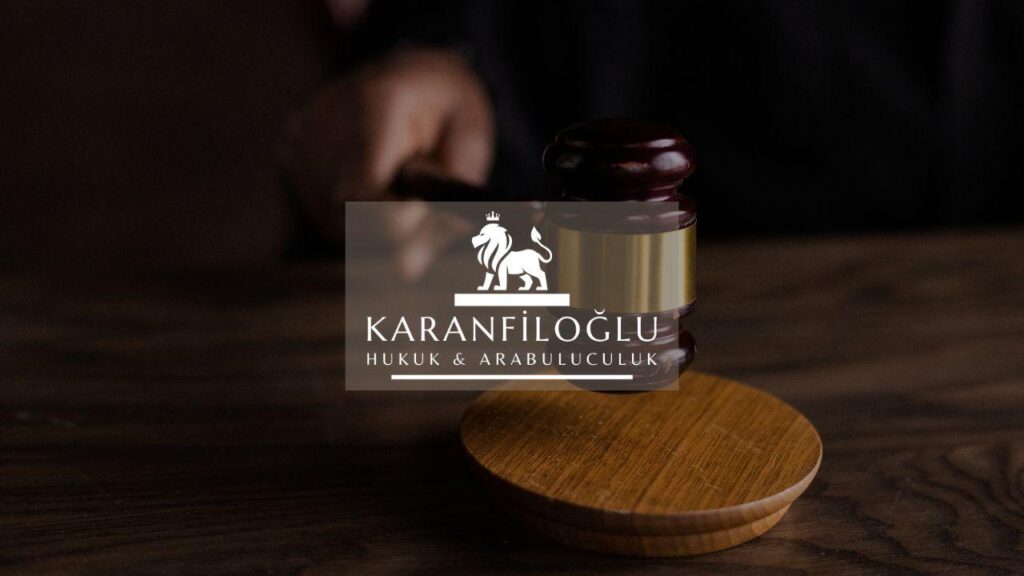Navigating divorce cases can be like walking through a minefield. Emotions run high, and in the heart of it all lay children’s rights. Too often, these rights get overshadowed during custody battles. The focus shifts to winning, instead of ensuring the child’s well-being. Parenting after divorce should prioritize child welfare, helping young ones adjust to the new dynamics. But, how do we balance adult conflicts with children’s needs? Ensuring children’s rights are upheld amidst the chaos is not just a priority; it’s a necessity. With every decision, from weekend visits to holiday plans, we must remember that children’s best interests should guide us. The specifics of child welfare should not be seen as challenges to overcome but as commitments to their future. As we explore the complexities of divorce cases, it’s crucial to focus on what truly matters—the welfare and rights of the children involved.
The Impact of Divorce on Children’s Emotional Well-being
Divorce cases can be stormy seas in a child’s life, shaking their emotional well-being to its core. Emotions during custody battles often cloud the horizon, leaving children’s rights adrift. When adults clash, it is the young minds that stand at the epicenter of this emotional earthquake. Parenting after divorce should not merely revolve around schedules but around nurturing their fragile hearts. Each tense exchange or divided home threatens the sunshine of their childhood, casting shadows over their innocence. To mitigate this impact, adults must champion child welfare deliberately. The conversations should be filled with understanding, and actions must echo genuine care. By focusing on children’s rights, we ensure every child emerges from the storm with hope, ready to sail towards a future bright with possibilities.
When divorce cases unfold, children’s emotional well-being often hangs in the balance, much like a fragile ornament in a storm. In the storms of custody battles, their voices can become muted shadows amidst adult disputes. How can we as parents ensure their feelings are prioritized? Parenting after divorce should be a refuge, not a battlefield. These young hearts need reassurance that their world, though changed, is still filled with love. Their emotional landscape is like a garden requiring careful tending, where every interaction can plant seeds of fear or confidence. Child welfare must be at the forefront, transforming each challenge into an opportunity for growth and support. By keeping children’s rights central in these discussions, we can provide the emotional anchors they need, ensuring they traverse these turbulent waters with resilience and growth, fostering a brighter tomorrow.
When divorce cases erupt, children’s rights often hang by a thread. Custody battles can dim the light in their eyes and burden their young hearts. Many kids are left wondering where they fit in this new, fractured world. Parents must act as the guiding light, illuminating the path to understanding and healing. Children’s emotional well-being, as delicate as a newly blooming flower, deserves nourishment and attention. Parenting after divorce shouldn’t become a battleground but rather a sanctuary where fears fade. Every decision must be rooted in child welfare, ensuring their hearts feel safe amidst life’s upheaval. These small voices deserve to be heard, not lost like whispers in a storm. Upholding children’s rights in these emotional tempests transforms conflict into strength, weaving a tapestry of love and security. As they navigate this journey, let’s plant seeds of resilience, crafting a future where hope thrives.
Legal Frameworks Supporting Children’s Rights in Family Law
The legal backbone supporting children’s rights in divorce cases ensures that their needs stay at the forefront. Courts have a duty to prioritize child welfare above the adult drama. Family law provides a solid framework to safeguard these rights, recognizing children not as mere spectators but as individuals with distinct needs. During custody battles, judges weigh various factors, from the child’s age to their emotional bonds with each parent. Through this lens, every decision aims to shield them from turmoil. Parenting after divorce under these laws becomes about sustaining environments where children thrive. Legal provisions guide crucial aspects like visitation schedules and living arrangements, infusing stability into their routine. Thus, the spotlight remains on what genuinely counts—the well-being of the young ones involved.
Legal frameworks play a crucial role in protecting children’s rights during divorce cases. They act as a guiding compass for courts, ensuring decisions center around the child’s best interests amidst custody battles. Family law is structured to provide consistency and fairness, which supports emotional security for children. Judges don’t just flip a coin; they examine each case’s nuances, including parental involvement and the child’s schooling environment. All this is designed to create stable, nurturing conditions post-divorce. As parenting after divorce takes shape under these laws, they function like a safety net, offering clear protocols for everything from education to financial support. That’s where the focus lies—not in the conflicts but in constructing a future where child welfare thrives. By seeing through the lens of children’s rights, the law forms a shield, maintaining their well-being as its utmost priority.
Keeping children in focus, family law places emphasis on fine-tuning the processes during divorce cases. It’s like crafting a sturdy bridge for families caught in the storm of custody battles. With its eye trained on child welfare, the law acts as a lighthouse guiding parenting after divorce. Children’s rights remain the anchor, as every decree aims for their emotional and physical safeguarding. Experts often step in to lend a hand, offering insights into what best supports a child’s growth. Whether it’s mediators smoothing out rough patches or counselors helping chart new courses, their roles are crucial. This supporting framework empowers parents to prioritize their children’s futures amid their own personal upheaval. By making children’s rights the cornerstone of every decision, these frameworks manifest a commitment to brighter horizons for our youngest ones.
Strategies for Protecting Children’s Interests During Divorce Proceedings
Safeguarding children’s rights during divorce cases requires a proactive approach. Parents and attorneys should work closely, focusing not only on winning custody battles but on the true goal—upholding the child’s welfare. Begin by involving children in age-appropriate conversations about the changes ahead, helping them understand their voices matter. It’s vital to craft custody agreements that accommodate not just adults but gravitate towards the child’s best interests. Flexibility and creativity in schedule planning can help meet the child’s needs, even when tempers flare. Prioritize shared responsibilities in parenting after divorce to maintain stability and continuity. Mediation might offer a less adversarial environment, fostering cooperation rather than conflict. Remember, every decision should reflect a commitment to nurturing the child’s growth and happiness. These thoughtful strategies ensure that, amidst the challenges of divorce proceedings, children’s interests are shielded and respected.
Protecting children’s interests during divorce proceedings demands empathy and attention to detail. Effective communication between parents is essential, paving the way for cooperation rather than conflict. Children’s voices should echo in decisions made, ensuring they feel heard and valued. Establishing clear, age-appropriate boundaries fosters a sense of security. Encourage both parents to participate actively in the child’s life to preserve a semblance of normality. Recognize the role of extended family support, which can offer stability amid turbulent times. Professionals, such as child psychologists and counselors, might provide invaluable insights into a child’s emotional needs. Neutral mediation could also temper tense custody battles, focusing squarely on the child’s wellbeing. Remember, parenting after divorce doesn’t end at legal proceedings; it requires constant nurturance and adaptation. Ultimately, safeguarding children’s rights and maintaining child welfare should light the path through the legal labyrinth of divorce cases, guiding every step with the child’s best interests in mind.
In the whirlwind of divorce cases, strategies that center on children’s rights can make all the difference. Start by prioritizing open dialogue; effective communication channels must remain open, fostering understanding rather than sparking custody battles. Make child welfare the cornerstone of every decision, ensuring arrangements that maintain a strong sense of stability. Explore joint custody solutions that focus on shared parenting after divorce, allowing both parents to remain active figures in their children’s lives. Family therapy can provide a safe space to voice concerns and work towards harmonious resolutions. Furthermore, using technology to bridge geographic divides might preserve connections and ease transitions. When the adults involved keep their eyes on the prize—children’s well-being—each step forward is thoughtful. Ensuring that children’s interests aren’t lost in the tug-of-war between parents is crucial. By emphasizing cooperation, compassion, and commitment, we can turn a turbulent time into a journey that respects and upholds children’s rights.
Disclaimer: This article is for general informational purposes only and you are strongly advised to consult a legal professional to evaluate your personal situation. No liability is accepted that may arise from the use of the information in this article.







